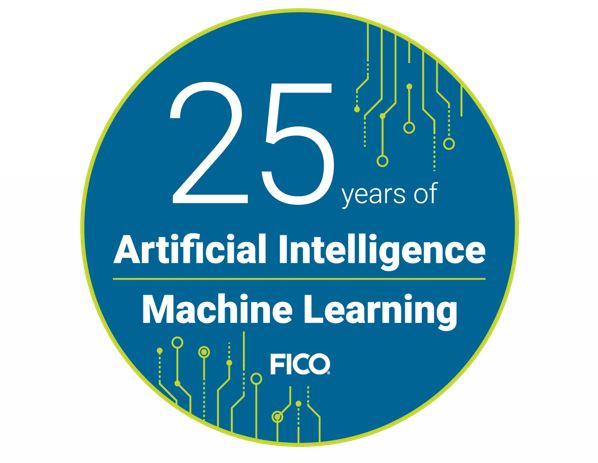
To commemorate the silver jubilee of FICO’s use of artificial intelligence and machine learning, we asked FICO employees a question: What does the future of AI look like? The post below is one of the thought-provoking responses, from Shreyas Gopinath, a senior analytic scientist at FICO, working in Bangalore.
Since 2010, we have seen a rejuvenation of artificial intelligence and a wealth of practical AI applications in areas such as machine translation (think Google Translate), human-like machine chat agents (think Apple Siri or Microsoft Cortana) and advanced players for games such as Chess and Go. In a business context, the possibilities expand even further – faster and accurate creditworthiness checks to enable banks to lend better, fraud prevention to prevent frauds before they happen, robotic process automation that can drastically reduce costs and targeted marketing programs that drive revenues.
I see AI’s promise going further — much further. We have barely tapped the power of AI to improve the lives of people who are excluded from many of society’s benefits. These include people with disabilities, people without access to basic finance, people without access to basic healthcare and people without access to redressal mechanisms.
In the case of financial inclusion, banks in developing economies have struggled to build credit mechanisms to effectively evaluate creditworthiness in the absence of credit bureaus. Without this, they are reluctant to underwrite loans, depriving thousands of access to credit. Using AI techniques on data mined through devices such as smartphones (for e.g. social network data), it is possible to build a reasonably accurate creditworthiness profile of potential borrowers. This isn’t just an idea — FICO is already doing it.
People with hearing disabilities are socially excluded because of the challenges they face with communication. Currently, hearing-aid devices do not work well in isolating human speech among other sounds. By using techniques that have helped image-identification (using convolutional neural networks), it is possible to similarly embed models with next-gen hearing-aid devices that can isolate human speech and provide a better hearing experience to people with hearing disability.
In developing countries, governments struggle to effectively staff and equip healthcare centers in remote areas. The costs are prohibitive and even then, they are not able to monitor these properly. By using smart IoT devices such as blood-glucose monitors and heart-rate sensors, AI techniques can be used to predict potential adverse health events. Patients can then receive emergency care, or be advised of preventive measures to prevent negative health outcomes. These can also be used to provide targeted nutritional and health information, by connecting these devices with smartphones.
The future of AI will benefit all of us in exciting ways. But for me, its use to improve the lives of people currently excluded from society’s benefits will be the most exciting.
See other FICO posts on artificial intelligence.
The post The Future of AI — A Society of Inclusion appeared first on Business Intelligence Info.